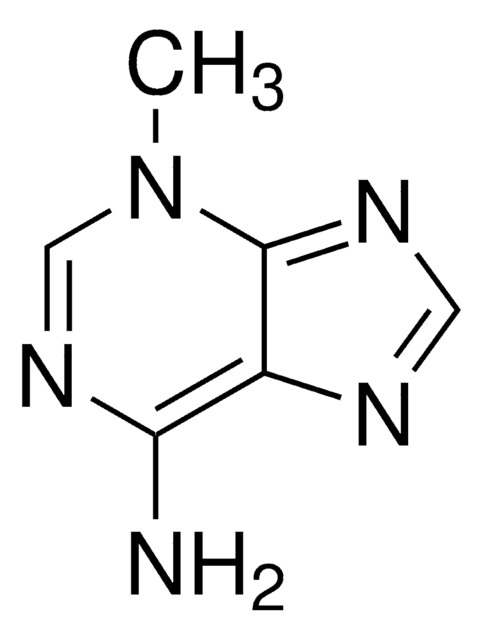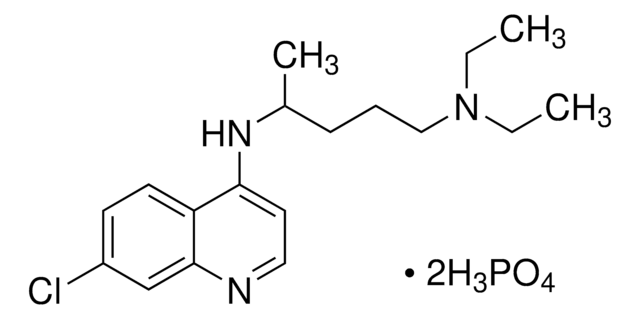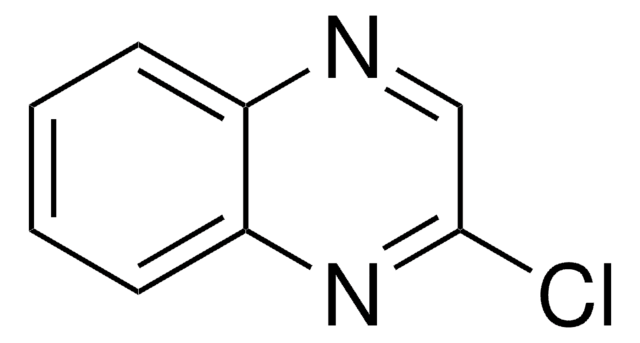Key Documents
C6628
Chloroquine diphosphate salt
98.5-101.0% (EP), powder or crystals, anti-malarial drug
Synonim(y):
N4-(7-chloroquinolin-4-yl)-N1,N1-diethylpentane-1,4-diamine diphosphate, N4-(7-Chloro-4-quinolinyl)-N1,N1-dimethyl-1,4-pentanediamine diphosphate salt
About This Item
Polecane produkty
product name
Chloroquine diphosphate salt, powder or crystals, 98.5-101.0% (EP)
Poziom jakości
Próba
98.5-101.0% (EP)
Postać
powder or crystals
mp
192-198 °C
spektrum działania antybiotyku
parasites
Tryb działania
enzyme | inhibits
ciąg SMILES
OP(O)(O)=O.OP(O)(O)=O.CCN(CC)CCCC(C)Nc1ccnc2cc(Cl)ccc12
InChI
1S/C18H26ClN3.2H3O4P/c1-4-22(5-2)12-6-7-14(3)21-17-10-11-20-18-13-15(19)8-9-16(17)18;2*1-5(2,3)4/h8-11,13-14H,4-7,12H2,1-3H3,(H,20,21);2*(H3,1,2,3,4)
Klucz InChI
QKICWELGRMTQCR-UHFFFAOYSA-N
informacje o genach
human ... ABCC1(4363)
Szukasz podobnych produktów? Odwiedź Przewodnik dotyczący porównywania produktów
Powiązane kategorie
Opis ogólny
Zastosowanie
Chloroquine diphosphate salt has been used :
- in in vitro antiplasmodial assays
- in transfection and infection assays
- in autophagy inhibition
- in differentiation of induced pluripotent stem (iPS) cells into cardiomyocytes
- in flow treatment of infected blood
Działania biochem./fizjol.
Cechy i korzyści
Zastosowanie
Hasło ostrzegawcze
Warning
Zwroty wskazujące rodzaj zagrożenia
Zwroty wskazujące środki ostrożności
Klasyfikacja zagrożeń
Acute Tox. 4 Oral
Kod klasy składowania
11 - Combustible Solids
Klasa zagrożenia wodnego (WGK)
WGK 3
Temperatura zapłonu (°F)
Not applicable
Temperatura zapłonu (°C)
Not applicable
Środki ochrony indywidualnej
dust mask type N95 (US), Eyeshields, Gloves
Certyfikaty analizy (CoA)
Poszukaj Certyfikaty analizy (CoA), wpisując numer partii/serii produktów. Numery serii i partii można znaleźć na etykiecie produktu po słowach „seria” lub „partia”.
Masz już ten produkt?
Dokumenty związane z niedawno zakupionymi produktami zostały zamieszczone w Bibliotece dokumentów.
Klienci oglądali również te produkty
Produkty
We presents an article on Autophagy in Cancer Promotes Therapeutic Resistance
Drug Transport
Chromatograms
application for HPLCNasz zespół naukowców ma doświadczenie we wszystkich obszarach badań, w tym w naukach przyrodniczych, materiałoznawstwie, syntezie chemicznej, chromatografii, analityce i wielu innych dziedzinach.
Skontaktuj się z zespołem ds. pomocy technicznej











